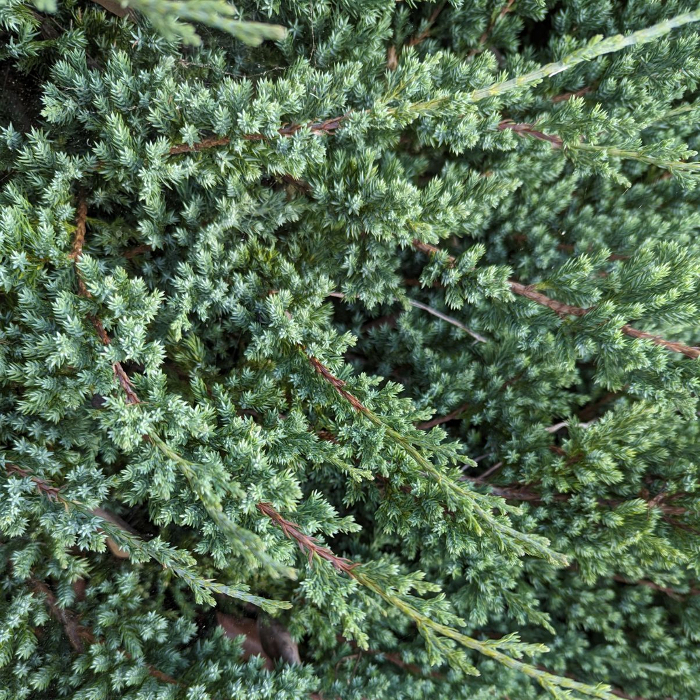UNITED STATES—Home gardens are components of the homes that they serve. They are the exterior of the interior. They are the environments in which homes exist. Some provide vegetables and fruits. Many provide flowers. Ideally, gardens enhance domestic experiences. Therefore, their design is as relevant as architecture. Accordingly, horticultural form follows function.
Gardens can be single open spaces or, like their associated homes, a few spaces. They benefit from features that function like those that define interior spaces. Lawns are floors. Trees are ceilings. Hedges and shrubbery are walls. Patios, decks and fences are static features. Vegetation, though, requires more discriminating selection for appropriate form.
Lawns seem to be the simplest of such functional vegetation to select. Form is not overly variable. Nevertheless, turf grass must be appropriate to its particular exposure. Some is more tolerant of partial shade than others. Some requires less water than others. Ground cover vegetation is more appropriate for many situations. Artificial turf might be an option.
Trees are the most substantial features of home gardens.
Trees and shrubbery are much more diverse. Although they are the largest vegetation of a garden, some are quite small. They are evergreen or deciduous, and both have distinct advantages. While palms lack branches, other trees and shrubs develop sculptural form. Consequences for inappropriate selection of such significant vegetation can be serious.
Furthermore, different varieties of the same species can behave very differently. Junipers are practical shrubbery for some situations. However, some are prostrate ground covers. A few grow as small trees. Also, while some rosemaries are shrubbery, some are trailing. Selection of an inappropriate cultivar of an appropriate species is a rather common error.
A few species change form as they mature. With confinement, the trailing juvenile form of English ivy is a practical ground cover. However, as it encounters support, it becomes its vining adult form. This clinging growth ruins paint and overwhelms trees and shrubbery. Star jasmine evolves from ground cover to twining vines even without changing its form.
Highlight: Japanese Garden Juniper
With adequate time, this prostrate juniper slowly evolves from ground cover to shrubbery. Japanese garden juniper, Juniperus procumbens, can sprawl more than 10 feet. Without obstruction, it might do so without getting higher than a foot. It grows higher as it depletes space to expand or reaches its maximum width. It may eventually grow a few feet deep.
The evergreen foliage of Japanese garden juniper is elegantly grayish or bluish green. It contrasts splendidly with deep green junipers or other rich green foliage. The tiny leaves display a visually fine texture but are actually rigid and prickly. New stems are short and somewhat pointy until they widen with new foliage. Foliar density excludes most weeds.
Like most junipers, Japanese garden juniper is challenging to prune. Because foliage is so dense, it does not extend far below its outer surface. Consequently, there is not much growth to prune back to. Exposed inner stems are unlikely to foliate efficiently. Shearing, although effective, temporarily compromises natural form. Frequent light pruning is best. ‘Nana’ is the more compact cultivar.
Tony Tomeo can be contacted at tonytomeo.com.






